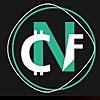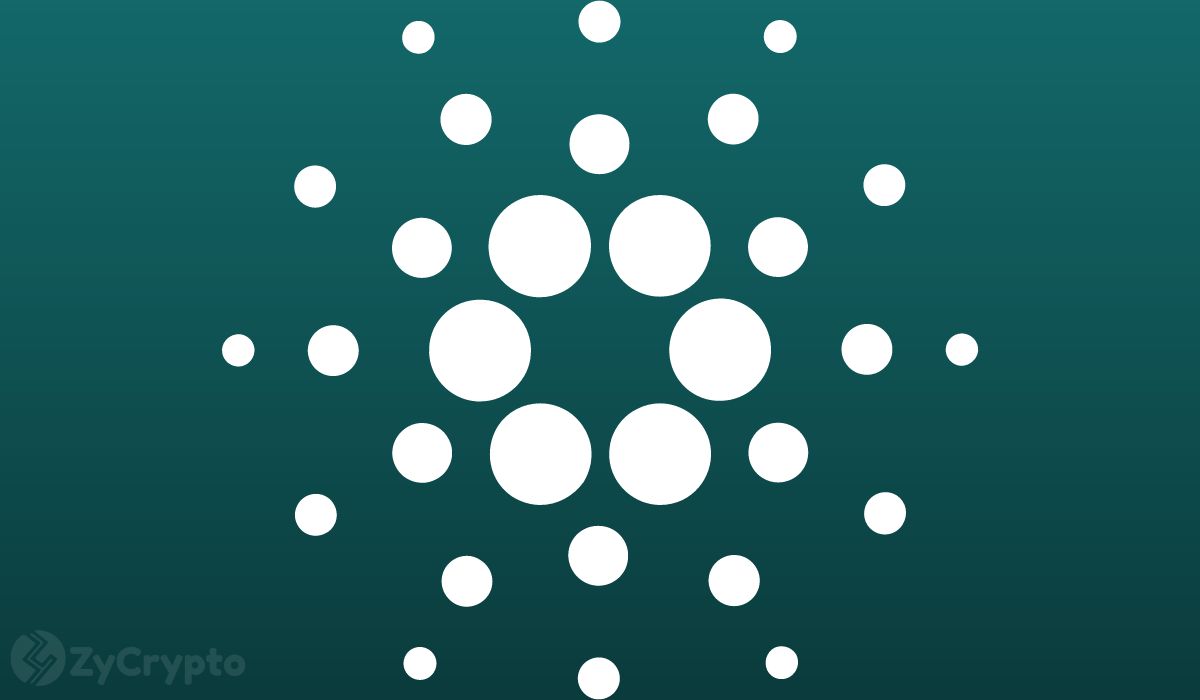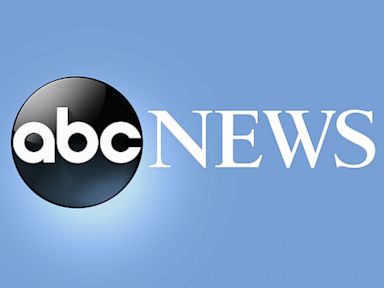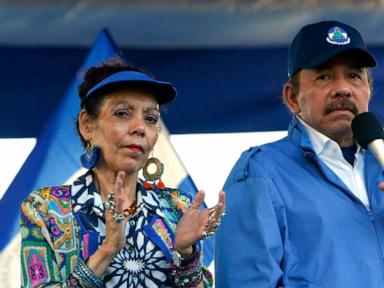ARTICLE AD BOX

- Arbitrum DAO’s GMC proposes investing 7,500 ETH in Lido, Aave, and Fluid, raising concerns about neglecting ecosystem-native projects.
- The community questions if the DAO should prioritize internal development instead of allocating funds to external DeFi protocols.
The Arbitrum DAO Growth Management Committee (GMC)’s recent plan to distribute 7,500 ETH to three decentralized finance protocols, Lido, Aave, and Fluid, has stirred fierce controversy. The problem? None of the protocols are from Arbitrum’s native ecosystem.
Some members of the community view this as a mistaken action benefiting outside projects instead of helping the development of their own ecosystem. Conversely, the GMC contends that more certain returns and security issues guided their decision.
Should Arbitrum Support Its Own Ecosystem First?
About 5,000 ETH will be invested in the liquid staking method Lido out of the 7,500 ETH suggested overall in the proposal. These later funds will be turned into wstETH and housed on Aave V3 on the Arbitrum network. With this action, the GMC expects to boost loan activity and assist incentive programs run by Lido, Ave, Renzo, and Kelp, among other parties.
The remaining 2,500 ETH is supposed to be directed into the Arbitrum-based financing platform Fluid. While enhancing liquidity in the Arbitrum ecosystem, the plan shows an annualized return of 1-2%.
Some members of the community, meanwhile, believe that this decision does not provide enough consideration for initiatives established and grown within the Arbitrum ecosystem itself. Shouldn’t internal development first be funded via DAO?
The Community Does Not Stay Silent
One cannot treat the response of the Arbitrum community lightly. They believe that this idea loses a great chance to assist local initiatives more in line with the Arbitrum ecosystem vision. Some even expressed worries that this action would only help to reinforce the predominance of outside projects without really influencing DAO development.
GMC clarified later on that the decision of this procedure was taken under consideration for security and stability issues. In the dangerous realm of DeFi, they want to make sure DAO assets are not directed toward initiatives with a great likelihood of disturbance or liquidity loss in not too distant future.
The community is still dubious even if this justification sounds logical. They are calling for a better harmony between outside assistance for the internal ecology and investment.
Arbitrum Continues to Move Forward
Arbitrum keeps on its rather ambitious expansion path in spite of the controversies. According to CNF, the layer-2 network has revealed a collaboration with Bitcoin OS (BOS), enabling Arbitrum to function as a hybrid system combining Ethereum scalability with the security of Bitcoin.
Moreover, Arbitrum combined a modular layer-1 network, zkVerify, on January 30, 2025, to increase zero-knowledge proof verification efficiency. For blockchain-based application developers, this solution can help to cut verification expenses by up to 91%, which is rather welcome.
Besides that, Arbitrum also worked on the Calistine project with South Korean giant Lotte Group formerly on January 7, 2025. Through this partnership, the Arbitrum layer-2 network gains AI-based entertainment experiences and becomes open for crypto transactions in the entertainment industry.
Funding Decisions Amid Market Decline
Arbitrum’s future is still full with possibilities even if a sequence of developments under progress. Right now, nevertheless, the toughest obstacle is juggling sustaining the internal ecosystem with financially lucrative investments.
While the debate over the investment proposal is still ongoing, ARB—Arbitrum’s native token—has been seen declining. At the time of writing, ARB is trading at about $0.4472, corrected 7.95% over the last 24 hours and down 35.52% over the last 30 days.
.png)
 3 hours ago
1
3 hours ago
1








 English (US)
English (US)